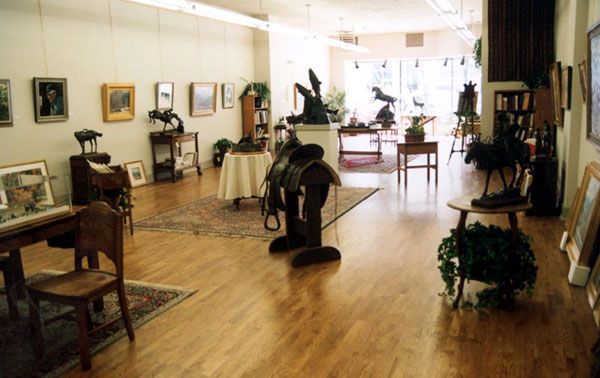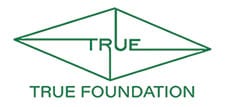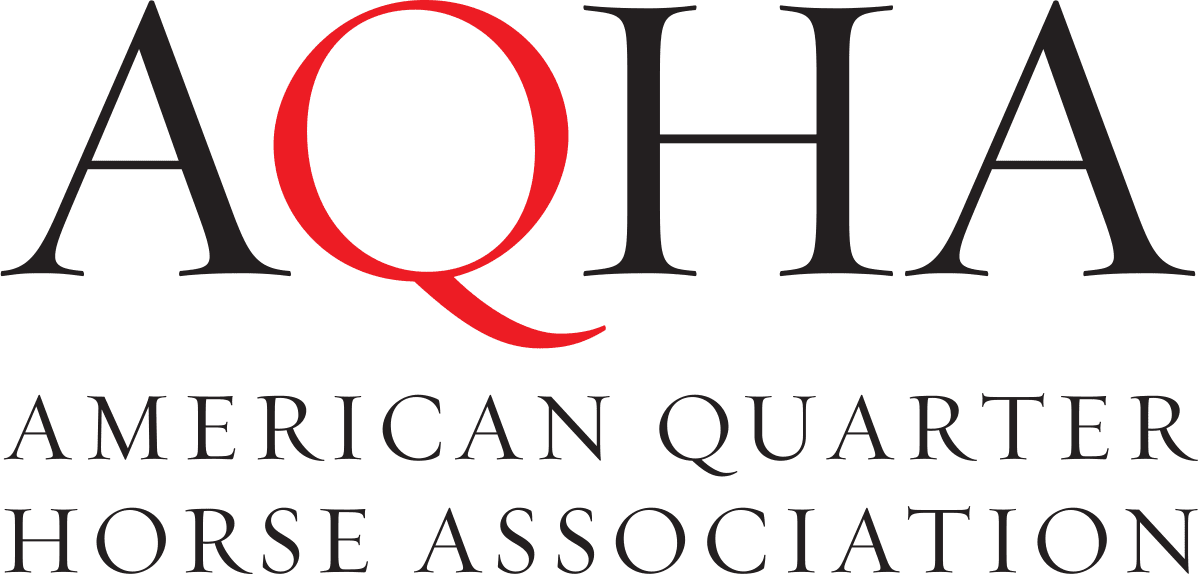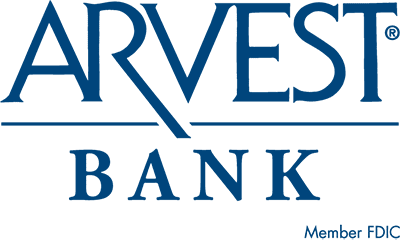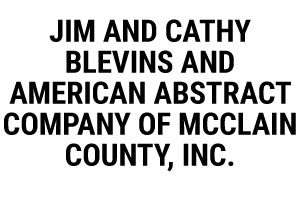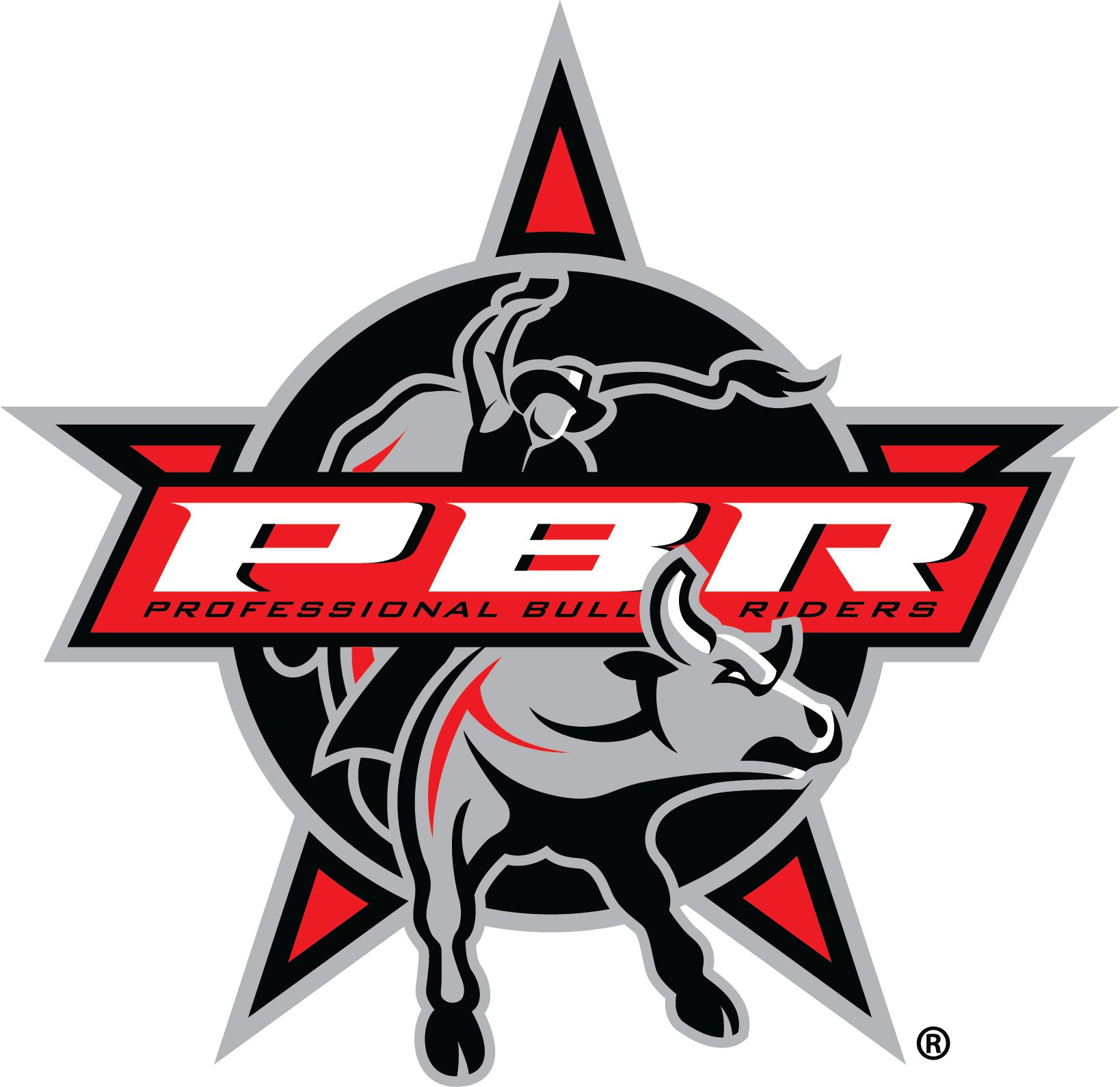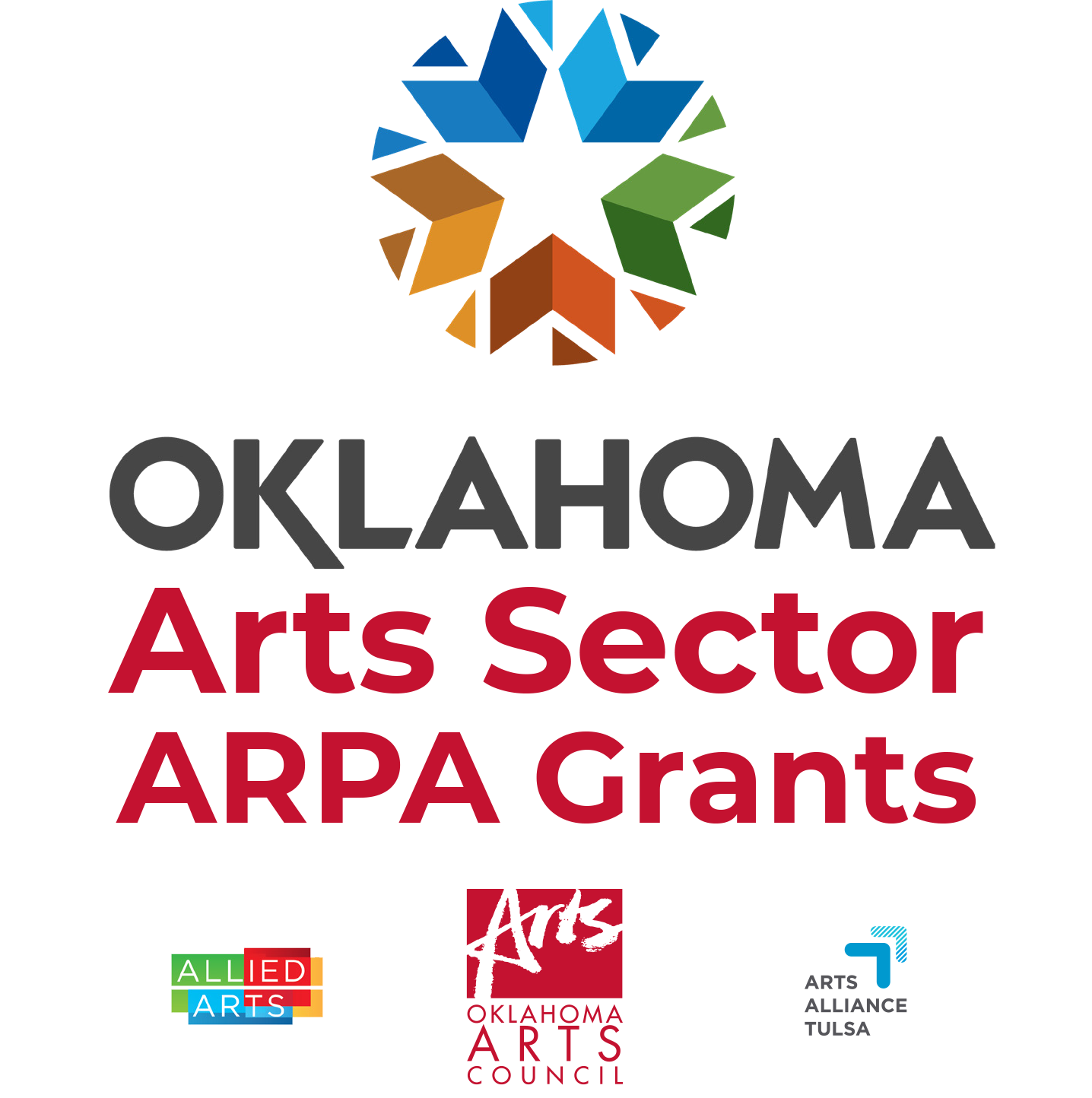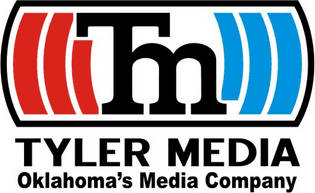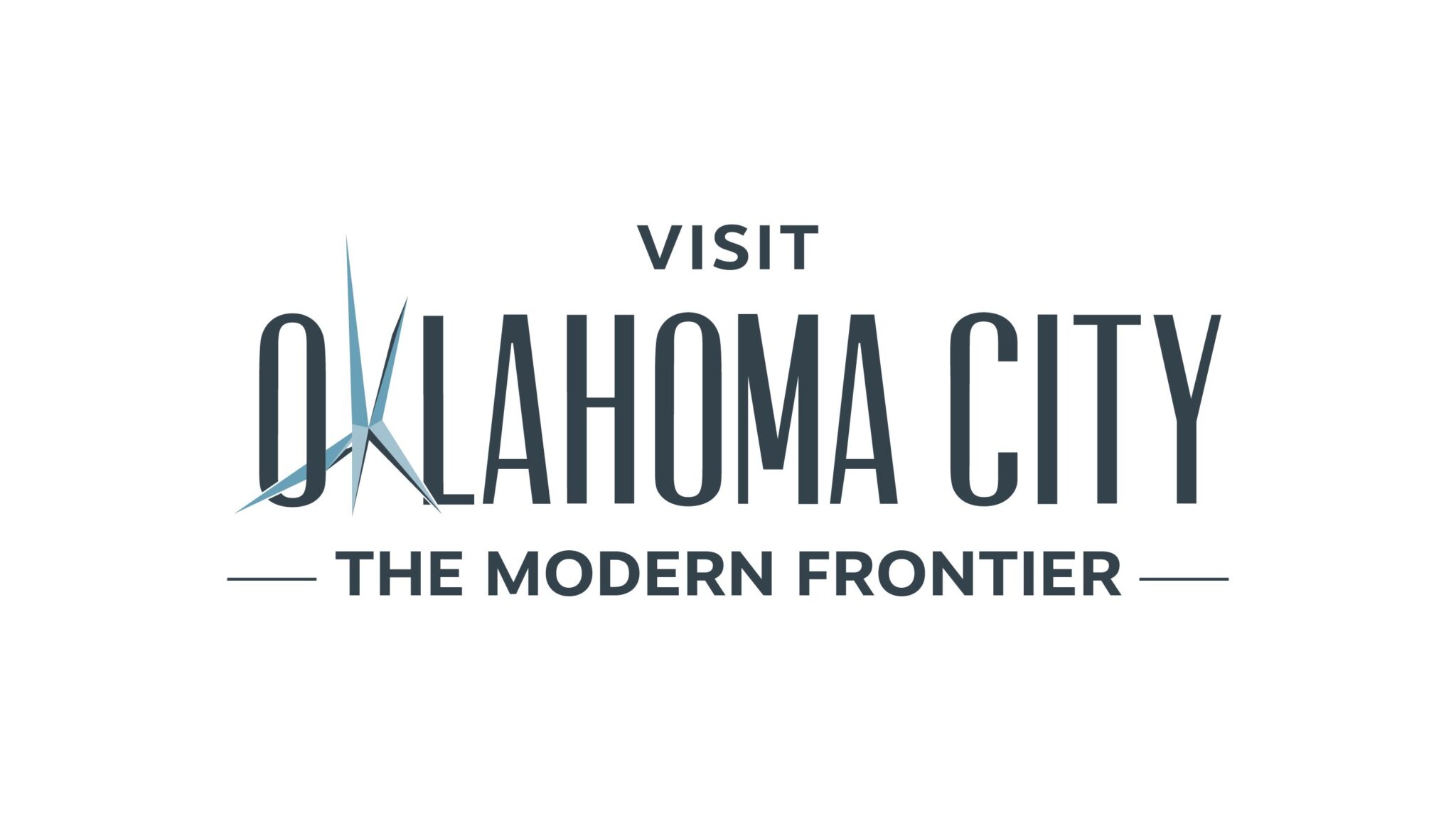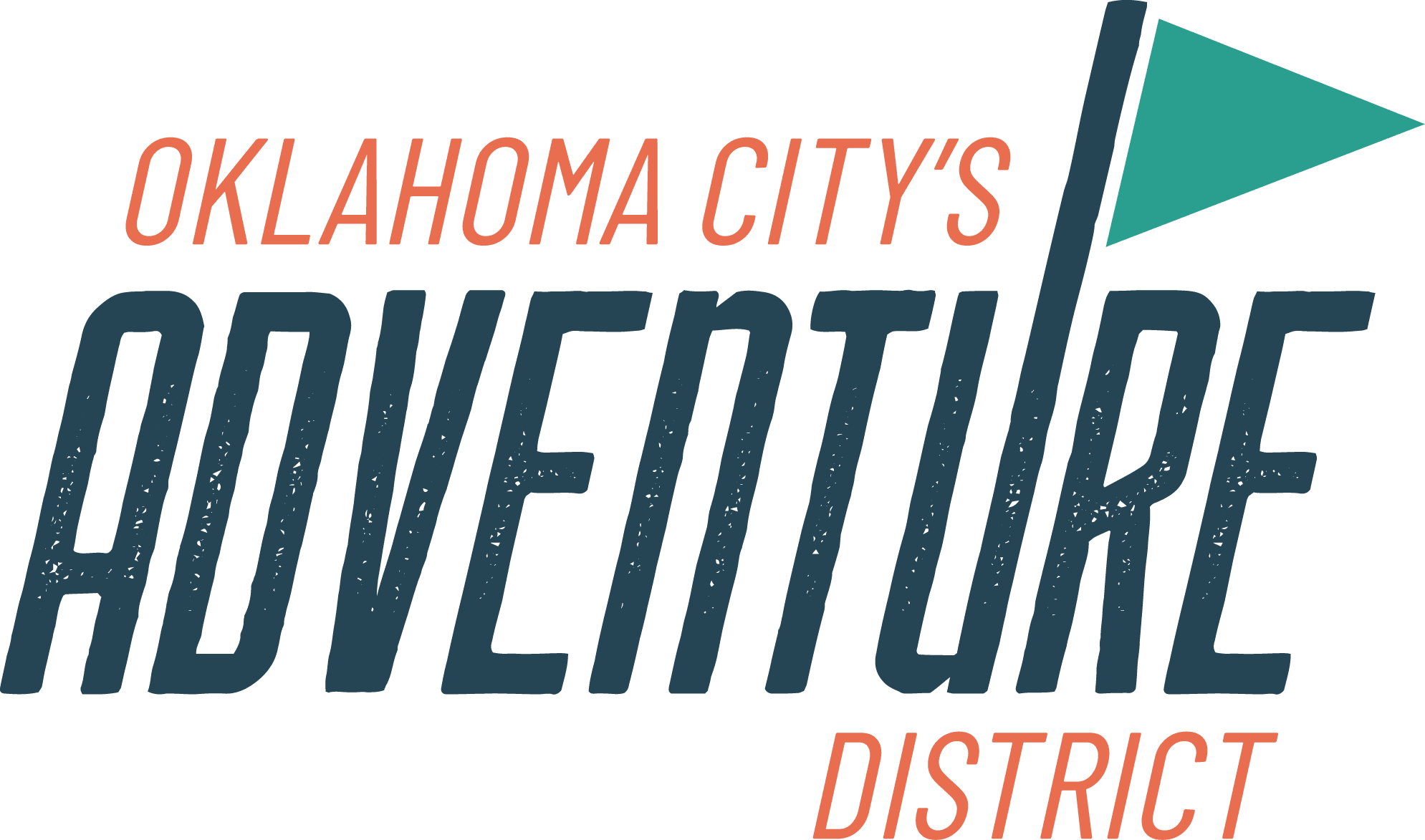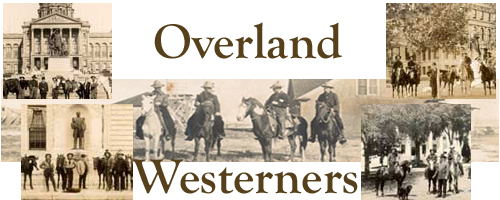

Introduction
The Overland Westerners Collection was acquired from the personal archives of Bill Reese, an award-winning western artist. This acquisition was made possible through a field program formalized by the A. Keith Brodkin Contemporary Western Artists Project.
This project is critical to achieving the Donald C. & Elizabeth M. Dickinson Research Center’s goal to preserve, expand, enhance and make available its collections and, more specifically, to provide future artists, art historians, educators, and researchers with materials that document contemporary western art…a major collecting strength of this Museum. These materials, which are often overlooked and lost to posterity, include the personal papers, studio ephemera, photographs, and interviews of contemporary western artists. Effectively, this project preserves artists careers for posterity.
The Odyssey
“Dreams surely are difficult, confusing, and not everything in them is brought to pass for mankind. For fleeting dreams have two gates: one is fashioned of horn and one of ivory. Those which pass through the one of sawn ivory are deceptive, bringing tidings which come to nought, but those which issue from the one of polished horn bring true results when a mortal sees them.” – Homer, Odyssey
At a time when R. F. Scott reached the South Pole and V. Stefansson and R. Anderson explored Arctic Canada, George W. Beck, a 30-year-old, disillusioned, part-time logger in Washington, dreamed of fame, riches, and making a reputation for himself by making the longest horseback ride on record. To this end he planned with three of his companions in 1911 to ride on horseback to every capital in the 48 states, arrive at the Panama Pacific International Exposition in San Francisco in 1915, put on a show on the midway, and write and publish an account of this odyssey. Moreover, there lurked the possibilities of lecture tours, appearances on vaudeville stages, and a filmed travelogue.
Joining Beck in this adventure were his younger brother, Charles C. Beck, an unemployed railroad employee who lived at Port Blakely on Bainbridge Island; Jay B. Ransome, a 38-year-old brother-in-law living in Shelton, Washington; and Raymond G. “Fat” Rayne, a 20-year-old friend also living in Shelton.
While Charles, Jay and Fat prepared the horses and tack in Shelton, George sought financial support. To underwrite this dream, George went to Seattle and ordered postcards and calendars to advertise their journey, show their zigzag route across the country, and sell as keepsakes. He also reached an agreement with The Westerner, a Seattle magazine, by which the riders would sell subscriptions and the magazine would cover their sojourn. C. A. Osier, author of numerous articles about the Overland Westerners, wrote,
“This deal worked fairly well for the Overland Westerners in the western states, bringing in a fair amount of money, many meals and often lodging in small-town hotels. Mid-westerners and folks Down East and in the Deep South, however, showed little interest in a publication from the Far West.”
With five horses and a 60-pound, one-year old Gordon Setter and Newfoundland named Nip, the enthusiastic quartet began their journey on May 1, 1912 from Shelton. Their first stop was Olympia, Washington 18 miles away where Governor Marion E. Hay awaited. For the next three years averaging 22 miles a day, these travelers would stop at each of the 48 state capitals in the United States, rendezvous with the state’s governor or his surrogate, and endure numerous disappointments and hardships including hunger, theft, weather extremes, and rugged trails. Moreover, financial woes came when The Westerner folded before the trip was half completed leaving them bereft of corporate sponsorship.
But, in spite of all this, they persevered. While in Boise, Idaho in June 1912, George rode in a show produced by a traveling 101 Wild West Show. He rode Pinto, a 15-hand, 912-pound, six-year-old Morgan Arabian horse originally used as the packhorse. As the journey progressed, the original horses, suffering from fatigue and saddle sores, were traded for fresh horses with the local people. More often than not, the Westerners had to pay a premium in addition to trading the weary horses. Becoming George’s favorite, Pinto was never traded or sold.
Arriving in Madison, Wisconsin on November 25, 1912 in the cold and flying snow, George Beck wrote, “Time for us to head south. Fact of the matter, we are way behind time. The ducks and geese are already there. Here we are thawing out bridle bits, sitting on cold rumps on frost-bitten saddles. We’re dumbheads, but we’re going to keep on being dumbheads.”
By May 1913 the group was in Florida having gone through Tennessee and Alabama. Beck wrote,
“We aren’t much shakes in the South. The best thing I can say, it’s warm and we all got thawed out. The country is porely [sic] and the folks seem do-less — just settin’ around waitin’ for something to happen…Cards, calendars, subs [subscriptions] were of little interest. We were just four men ridin’ horseback.”
In October 1913 they found in Maine a lovely country and fine people, mildly suspicious of four fellows who had nothin’ better to do but ride horseback – but friendly nevertheless.” From there they continued through Vermont, New York, Pennsylvania, and West Virginia.
During 1914, a story about a $20,000 prize offered by the Northwestern Stockmen’s Association circulated. Denied by Beck, the story stated that if the party reached San Francisco with Pinto on June 1, 1915, they were to receive $1 for each mile. While Beck hoped that the prize money was a reality, he observed “but as of now, we are hustling for our expenses and we’re sleeping on barn floors, in haystacks and in abandoned shanties.” Meanwhile, the Panama Canal opened in August.
By November 1914 the travelers began the last leg of their trip. Ransome wrote in his diary about the cattle country of Oklahoma, Wyoming, Colorado, and New Mexico:
“These are horse people, cattle people, out-of-door people. They are on their own, and they know damn well we are on our own, and are not craving sympathy. We can’t buy a bed or meal in this part of the country. It’s all give and no take. They just want to talk horse and gear and pump us for yarns about our trip. We don’t have to tell them about our hardships on the trail; they know all about rough going in a raw new country like this.”
They reached Sacramento, California on May 24, 1915, the final state capital. Between them they had spent $9,000, had endured 1,127 days of riding, and had used 17 horses, several of which had died on the trail. Anticipating large enthusiastic crowds, the four with Nip and Pinto moved on to San Francisco and the Exposition. They arrived on June 1 to no crowds and no riches. They were greeted by one spectator’s demand to “get them hayburners off the street.” They had achieved fleeting fame through columns in the San Francisco Chronicle, The Call and The Examiner, but as Osier writes the midway at the Exposition was flopping, “dying in the breeze from San Francisco Bay.” Beck wrote, “The pot of gold we had been pursuing had moved out, way out into the Pacific Ocean.” Six months before, Alexander Graham Bell in New York had telephoned Mr. Watson who at this time was in San Francisco to celebrate the first transcontinental telephone line.
Beck’s disheartened saddle mates sold their horses, saddles, bridles, and gear and took a train to Seattle and home. Beck stayed in San Francisco unsuccessfully lobbying vaudeville agents, theatrical and moving picture people, and authors like Jack London, Rex Beach, and Peter B. Kyne to write their story. He returned with Nip and Pinto to Puget Sound on a tramp steamer. He attempted to write a book about his adventures, but he said, “I wrote it sweet enough, but it came up sour.” Surely Beck’s dreams had passed through Homer’s sawn ivory gate.
Beck worked as a shipwright at Johnson’s Shipyard in Port Blakely and ran the Blakely “Please-U” silent movie theater. Osier wrote, “Shacked up alone on Bainbridge Island, he daily walked or rode lonely logging roads trying to reconstruct the happy, carefree days when he and his buddies were riding the long, endless trail to fame and fortune.” In 1948 a drunken Beck drowned in a six-inch-deep roadside ditch. His cabin contained diaries and an unfinished manuscript titled “Longest Horseback Ride on Record.”
According to the Long Riders’ Guild, the Overland Westerners rode a total of 20,352 continuous miles in North America from 1912 to 1915 making this the longest documented ride in the 20th century. Having recently acquired vintage photographs which document this odyssey, the Dickinson Research Center is exhibiting several of them.
“What is the end of fame? tis but to fill A certain portion of uncertain paper: Some liken it to climbing up a hill, Whose summit, like all hills, is lost in vapor.” – Lord Byron, Don Juan
Written by: Chuck Rand, Research Center Director
Chronological List
| State | Capital | Date | Governor | ||
| 1. | Washington | Olympia | 1912 | 01 – May | Marion E. Hay |
| 2. | Oregon | Salem | 1912 | 11 – May | Oswald West |
| 3. | Idaho | Boise | 1912 | 18 – June | James H. Hawley |
| 4. | Montana | Helena | 1912 | 21 – July | Edwin L. Norris |
| 5. | North Dakota | Bismarck | 1912 | 12 – September | John Burke |
| 6. | South Dakota | Pierre | 1912 | 28 – September | Robert Scadden Vessey |
| 7. | Minnesota | St. Paul | 1912 | 27 – October | Adolph O. Eberhart |
| 8. | Wisconsin | Madison | 1912 | 25 – November | Francis E. McGovern |
| 9. | Illinois | Springfield | 1912 | 13 – December | Charles S. Deneen |
| 10. | Tennessee | Nashville | 1913 | 17 – January | Ben W. Hooper |
| 11. | Alabama | Montgomery | 1913 | 22 – April | Emmet O’Neal |
| 12. | Florida | Tallahassee | 1913 | 15 – May | Park Trammell |
| 13. | Georgia | Atlanta | 1913 | 05 – June | Joseph Mackey Brown |
| 14. | South Carolina | Columbia | 1913 | 24 – June | Coleman L. Blease |
| 15. | North Carolina | Raleigh | 1913 | 07 – July | Locke Craig |
| 16. | Virginia | Richmond | 1913 | 28 – July | William Hedges Mann |
| 17. | Maryland | Annapolis | 1913 | 18 – August | Phillips Lee Goldsborough |
| 18. | Delaware | Dover | 1913 | August | Charles Miller |
| 19. | New Jersey | Trenton | 1913 | 28 – August | James F. Fielder |
| 20. | Connecticut | Hartford | 1913 | 10 – September | Simeon Eben Baldwin |
| 21. | Rhode Island | Providence | 1913 | 14 – September | Aram J. Pothier |
| 22. | Massachusetts | Boston | 1913 | 20 – September | Eugene Noble Foss |
| 23. | New Hampshire | Concord | 1913 | 26 – September | Samuel D. Felker |
| 24. | Maine | Augusta | 1913 | 04 – October | William Thomas Haines |
| 25. | Vermont | Montpelier | 1913 | October | Allen Miller Fletcher |
| 26. | New York | Albany | 1913 | 12 – November | Martin H. Glynn |
| 27. | Pennsylvania | Harrisburg | 1913 | John Kinley Tener | |
| 28. | West Virginia | Charleston | 1913 | 29 – December | Henry D. Hatfield |
| 29. | Ohio | Columbus | 1914 | James H. Cox | |
| 30. | Michigan | Lansing | 1914 | 04 – February | Woodbridge N. Ferris |
| 31. | Indiana | Indianapolis | 1914 | 24 – February | Samuel Moffett Ralston |
| 32. | Kentucky | Frankfort | 1914 | 16 – March | James B. McCreary |
| 33. | Mississippi | Jackson | 1914 | 27 – April | Earl LeRoy Brewer |
| 34. | Louisiana | Baton Rouge | 1914 | 08 – May | Luther Egbert Hall |
| 35. | Texas | Austin | 1914 | 18 – June | Oscar Branch Colquitt |
| 36. | Arkansas | Little Rock | 1914 | George Washington Hays | |
| 37. | Missouri | Jefferson City | 1914 | Elliot Woolfolk Major | |
| 38. | Iowa | Des Moines | 1914 | 18 – September | George W. Clarke |
| 39. | Nebraska | Lincoln | 1914 | John H. Morehead | |
| 40. | Kansas | Topeka | 1914 | 15 – October | George H. Hodges |
| 41. | Oklahoma | Oklahoma City | 1914 | 13 – November | Lee Cruce |
| 42. | Wyoming | Cheyenne | 1914 | 23 – December | Joseph Maull Carey |
| 43. | Colorado | Denver | 1914 | 29 – December | Elias Milton Ammons |
| 44. | New Mexico | Albuquerque | 1915 | 25 – January | William C. McDonald |
| 45. | Arizona | Phoenix | 1915 | 03 – March | George Wylie Paul Hunt |
| 46. | Utah | Salt Lake City | 1915 | William Spry | |
| 47. | Nevada | Carson City | 1915 | Emmet Derby Boyle | |
| 48. | California | Sacramento | 1915 | 24 – May | Hiram W. Johnson |
Alphabetical List
| State | Capital | Date | Governor | ||
| 11. | Alabama | Montgomery | 1913 | 22 – April | Emmet O’Neal |
| 45. | Arizona | Phoenix | 1915 | 03 – March | George Wylie Paul Hunt |
| 36. | Arkansas | Little Rock | 1914 | George Washington Hays | |
| 48. | California | Sacramento | 1915 | 24 – May | Hiram W. Johnson |
| 43. | Colorado | Denver | 1914 | 29 – December | Elias Milton Ammons |
| 20. | Connecticut | Hartford | 1913 | 10 – September | Simeon Eben Baldwin |
| 18. | Delaware | Dover | 1913 | August | Charles Miller |
| 12. | Florida | Tallahassee | 1913 | 15 – May | Park Trammell |
| 13. | Georgia | Atlanta | 1913 | 05 – June | Joseph Mackey Brown |
| 3. | Idaho | Boise | 1912 | 18 – June | James H. Hawley |
| 9. | Illinois | Springfield | 1912 | 13 – December | Charles S. Deneen |
| 31. | Indiana | Indianapolis | 1914 | 24 – February | Samuel Moffett Ralston |
| 38. | Iowa | Des Moines | 1914 | 18 – September | George W. Clarke |
| 40. | Kansas | Topeka | 1914 | 15 – October | George H. Hodges |
| 32. | Kentucky | Frankfort | 1914 | 16 – March | James B. McCreary |
| 34. | Louisiana | Baton Rouge | 1914 | 08 – May | Luther Egbert Hall |
| 24. | Maine | Augusta | 1913 | 04 – October | William Thomas Haines |
| 17. | Maryland | Annapolis | 1913 | 18 – August | Phillips Lee Goldsborough |
| 22. | Massachusetts | Boston | 1913 | 20 – September | Eugene Noble Foss |
| 30. | Michigan | Lansing | 1914 | 04 – February | Woodbridge N. Ferris |
| 7. | Minnesota | St. Paul | 1912 | 27 – October | Adolph O. Eberhart |
| 33. | Mississippi | Jackson | 1914 | 27 – April | Earl LeRoy Brewer |
| 37. | Missouri | Jefferson City | 1914 | Elliot Woolfolk Major | |
| 4. | Montana | Helena | 1912 | 21 – July | Edwin L. Norris |
| 39. | Nebraska | Lincoln | 1914 | John H. Morehead | |
| 47. | Nevada | Carson City | 1915 | Emmet Derby Boyle | |
| 26. | New York | Albany | 1913 | 12 – November | Martin H. Glynn |
| 23. | New Hampshire | Concord | 1913 | 26 – September | Samuel D. Felker |
| 19. | New Jersey | Trenton | 1913 | 28 – August | James F. Fielder |
| 44. | New Mexico | Albuquerque | 1915 | 25 – January | William C. McDonald |
| 15. | North Carolina | Raleigh | 1913 | 07 – July | Locke Craig |
| 5. | North Dakota | Bismarck | 1912 | 12 – September | John Burke |
| 29. | Ohio | Columbus | 1914 | James H. Cox | |
| 41. | Oklahoma | Oklahoma City | 1914 | 13 – November | Lee Cruce |
| 2. | Oregon | Salem | 1912 | 11 – May | Oswald West |
| 27. | Pennsylvania | Harrisburg | 1913 | John Kinley Tener | |
| 21. | Rhode Island | Providence | 1913 | 14 – September | Aram J. Pothier |
| 14. | South Carolina | Columbia | 1913 | 24 – June | Coleman L. Blease |
| 6. | South Dakota | Pierre | 1912 | 28 – September | Robert Scadden Vessey |
| 10. | Tennessee | Nashville | 1913 | 17 – January | Ben W. Hooper |
| 35. | Texas | Austin | 1914 | 18 – June | Oscar Branch Colquitt |
| 46. | Utah | Salt Lake City | 1915 | William Spry | |
| 25. | Vermont | Montpelier | 1913 | October | Allen Miller Fletcher |
| 16. | Virginia | Richmond | 1913 | 28 – July | William Hedges Mann |
| 1. | Washington | Olympia | 1912 | 01 – May | Marion E. Hay |
| 28. | West Virginia | Charleston | 1913 | 29 – December | Henry D. Hatfield |
| 8. | Wisconsin | Madison | 1912 | 25 – November | Francis E. McGovern |
| 42. | Wyoming | Cheyenne | 1914 | 23 – December | Joseph Maull Carey |
For more about the Overland Westerners
Overland Westerners, Box # 1, Folders 1-5, Dickinson Research Center, National Cowboy & Western Heritage Museum, Oklahoma City, Oklahoma. The Center holds a number of the vintage photographs taken at many of the state capitals. In a related journey, Bud and Temple Abernathy, two children without adult supervision, rode 4,500 miles from New York to San Francisco in 62 days in 1911. Read more about this in Judy Alter’s “The Wild Ride of the Abernathy Boys,” Persimmon Hill, V.19, No. 1 (Spring 1991), 20-25.
Overland Westerners, Box #19, McCracken Reference Library, Bainbridge Island Historical Society and Museum, Bainbridge Island, Washington. The Museum possesses two original journals written by George W. Beck labeled No. 1 (1912) and No. 5 (1913).
Judith Hartstone. “Three-Year Journey No Mere Tall Tale from the Saddle.” The Bremerton Sun, Sunday, April 17, 1994.
The Long Riders’ Guild. http://www.thelongridersguild.com/Records.htm
Cuchullain O’Reilly. “Four Forgotten Heroes Rode 20,000 Miles.” Riding Holidays. (website no longer available)
C. A. Osier. “Saddled, Bridled, Ready to Ride.” Frontier Times, V. 41, No. 1 (Dec-Jan. 1967), 36-38, 48-49.
C. A. (Joe) Osier. “20,000 Miles in the Saddle from Dixie to the Rockies, four horsemen plod toward their ‘pot of gold’.” Empire Magazine, (Aug. 30, 1964), 10-12.
C. A. Osier. “U.S. Horseback Tour of 1912.” Seattle Times, Sunday, July 18, 1948, 5.
A Brief Bio of William F. “Bill” Reese
Reese’s paintings have been described as having the qualities of “good, strong color, excellent draftsmanship, uncluttered composition, and appealing subject matter.” Reese’s philosophy is “that a work of art is nothing more or less than the sharing of a feeling or experience. This must be done on a very personal level to be fine art. I’ve found the greatest satisfaction, as far as my own work is concerned, in the reflection of my own surroundings and interests.”
Born in Pierre, South Dakota on July 10, 1938, William F. Reese began drawing and painting cows and horses at an early age. After attending Washington State University, he married Fran who essentially became his highly intuitive business counselor. In the early 1960s he moved to Los Angeles, California to attend Art Center School of Design at night. During the day he painted signs for a living.
In 1966 Reese and his family, which now included two children, returned to Washington. After a near death experience due to a ruptured appendix in 1970, he determined to pursue an art career and quit the sign painting business. Having been awarded the Childe Hassam Award in 1967, Reese had his first major exhibition at the Frye Art Museum in Seattle, Washington in 1972.
Reese began his long association with this museum in 1977 as a guest artist at the National Academy of Western Art Annual Exhibition. During the late 1970s and early 1980s he traveled extensively with other artists to Mexico, Spain, France, Holland, and China. He has had numerous one-man shows and has garnered numerous awards for his work. He has also educated many students through his art workshops and demonstrations.
After painting in the Seattle area for many years, Reese restored a historic building in Wenatchee in 1994 where he painted and sculpted until his death in 2010. For more about Reese’s life and career read Wm. F. Reese by Mary N. Balcomb. The Research Center also holds two recent interviews with Reese in its collections.
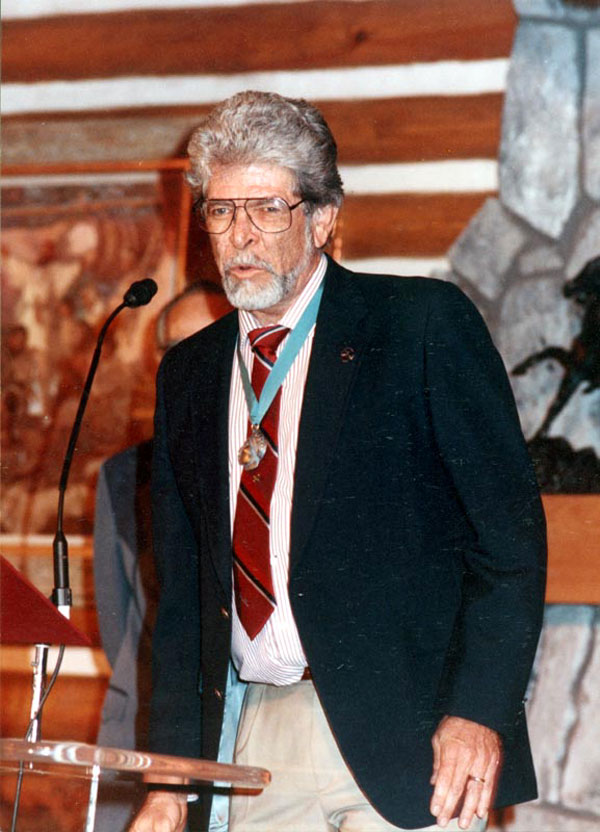 William F. Reese accepting the 1991 Robert Lougheed Memorial Award for Best Display of 3 or more Works at the National Academy of Western Art (NAWA) Annual Exhibition at this museum.The works were Leaving Kaltag, Lights Over Kaltag, and Yukon Nights.In 1991 Reese also won the NAWA silver medal for his drawing entitled The Old Pro.
William F. Reese accepting the 1991 Robert Lougheed Memorial Award for Best Display of 3 or more Works at the National Academy of Western Art (NAWA) Annual Exhibition at this museum.The works were Leaving Kaltag, Lights Over Kaltag, and Yukon Nights.In 1991 Reese also won the NAWA silver medal for his drawing entitled The Old Pro.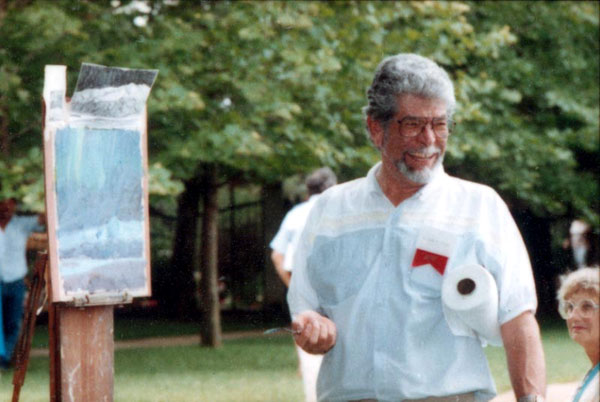 Bill Reese conducting an art demonstration during the 1991 National Academy of Western Art Annual Exhibition.
Bill Reese conducting an art demonstration during the 1991 National Academy of Western Art Annual Exhibition. Reese’s studio in Wenatchee, Washington.
Reese’s studio in Wenatchee, Washington.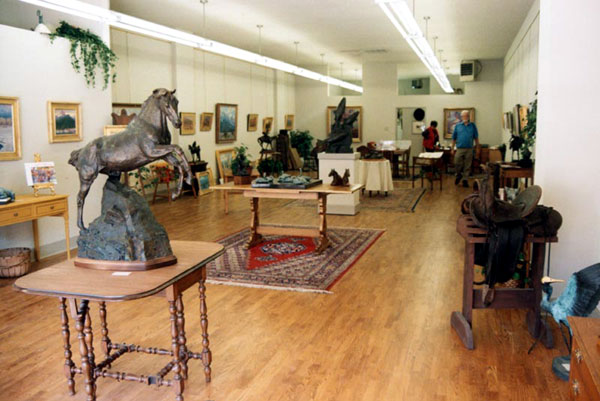 Bill Reese’s Gallery in Wenatchee, Washington.
Bill Reese’s Gallery in Wenatchee, Washington.